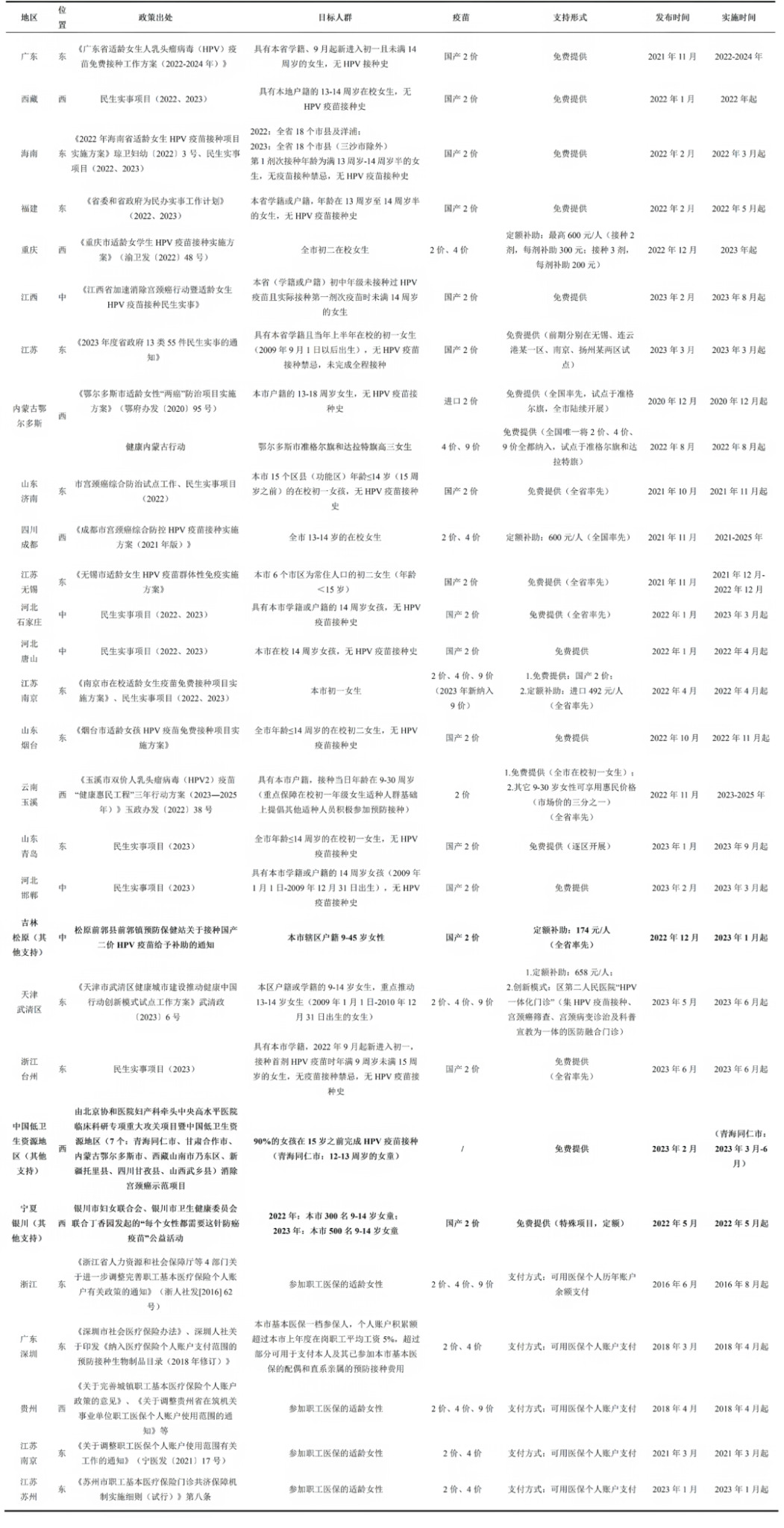In the context of the Immunization Agenda 2030 (IA2030), many children born in middle-income countries (25%) are ineligible for support from the Gavi, the Vaccine Alliance. The IA2030 aims for 90% vaccination coverage, hoping to “save tens of thousands of lives” annually.
The recent report from the IA2030 Working Group on Middle-Income Countries underscores critical gaps in immunization coverage, particularly in nations not supported by Gavi. In these regions, “1 in 3 are not getting all the vaccines they need”, posing health risks and heightened risks of outbreaks. Through the analysis covering the period from 2019 to 2022, it is evident that disparities exist in funding eligibility, shortcomings in vaccine coverage for diseases like pneumococcal disease and human papillomavirus (HPV), and a resurgence of measles “as efforts to eliminate disease transmission have stalled.” This situation emphasizes persistent challenges of “decision-making, demand and delivery, financial sustainability, and affordable access to supply.” This underscores the need for evidence-based decision-making, prioritization, and the implementation of equitable access and delivery strategies to strengthen health systems.
The report also highlights significant discrepancies in vaccine performance among countries based on funding eligibility. Non-Gavi-supported middle-income nations face hurdles in accessing “vaccine markets with poor price transparency and comparability”, resulting in “countries paying 12 times more than others.” By 2022, certain upper-middle-income countries successfully integrated HPV vaccines, “with about 70% of such countries having the vaccine in their national immunization programmes,” while lower-middle-income countries are falling behind, with only 31% introducing the HPV vaccine.
The persistent threat of disease outbreaks, notably measles, continue as elimination efforts falter. Addressing the ongoing challenges faced by non-Gavi-supported middle-income countries requires concerted action to “bolster health systems and safeguard the well-being of millions of under-protected children worldwide.” The IA2030 Working Group on Middle-Income Countries plans to delve “deeper into each of the four bottlenecks later this year” to address obstacles and enhance immunization outcomes in critical regions.
Relevant Links/Information resources
Phan, D. (n.d.). Access to Immunization in Middle-Income Countries: Immunization Agenda 2030 In depth Review. Immunization Agenda 2030. https://www.immunizationagenda2030.org/resources/62-unequal-access-to-immunization-in-middle-income-countries-immunization-agenda-2030-in-depth-review
World Health Organization: WHO. (2024a, May 30). New report highlights critical gaps in immunization coverage in middle-income countries. WHO News. https://www.who.int/news/item/30-05-2024-new-report-highlights-critical-gaps-in-immunization-coverage-in-middle-income-countries





